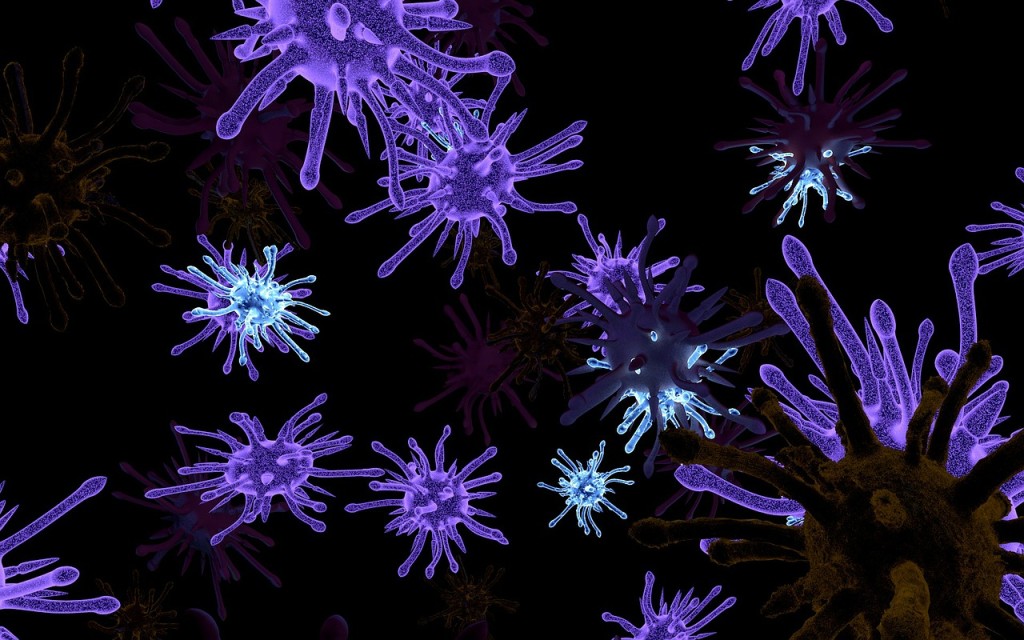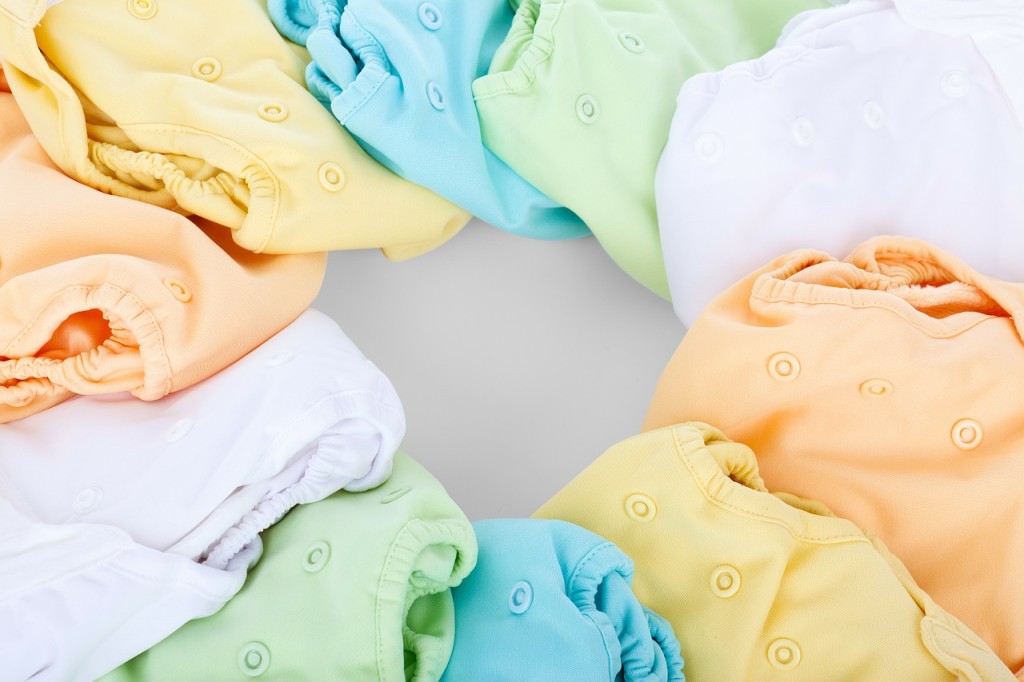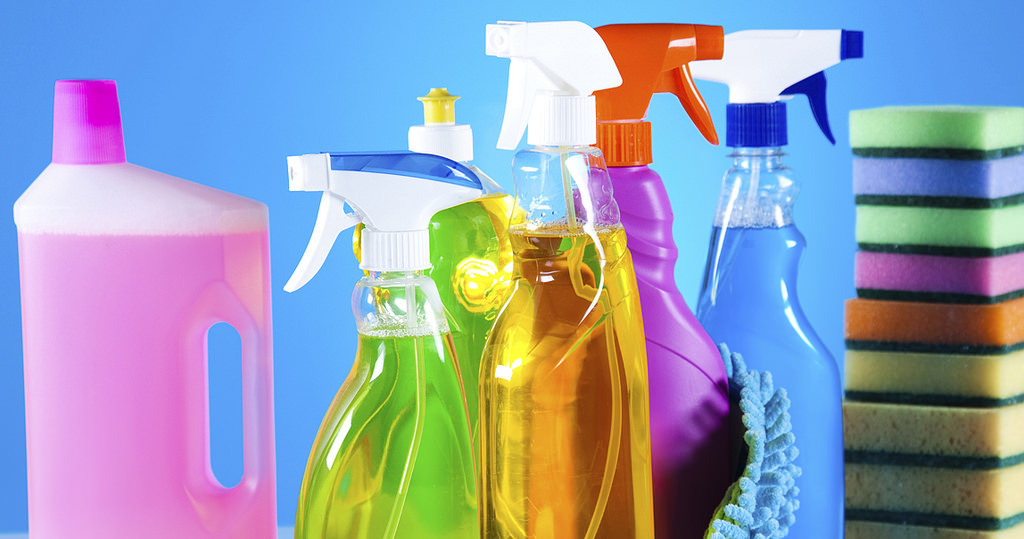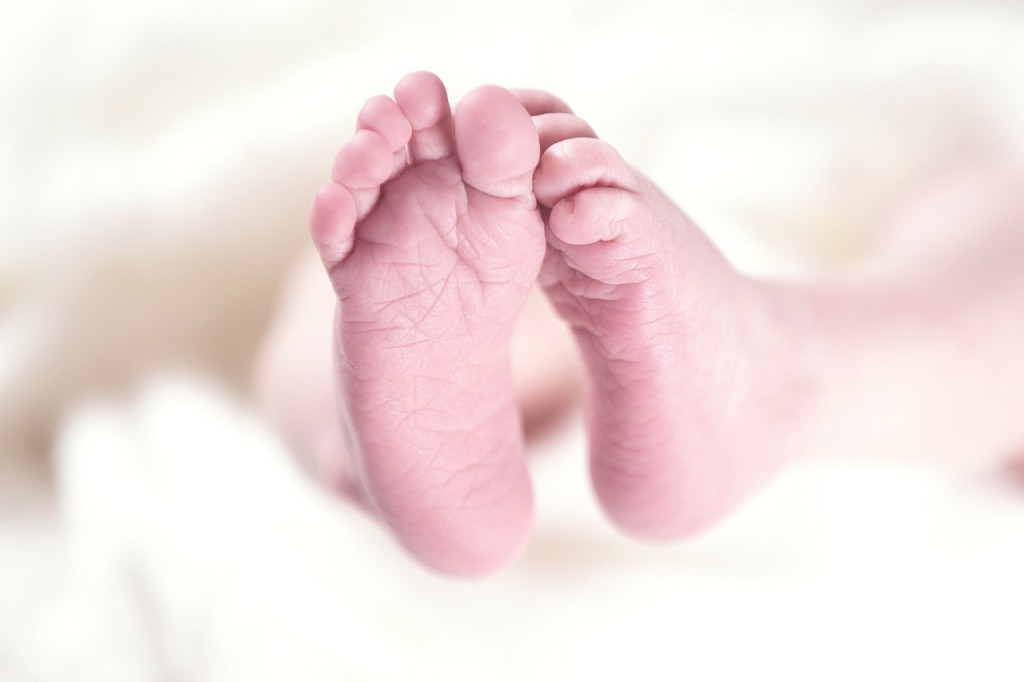The Truth About Kids & Germs
Babies & kids are exposed to germs every day. What’s the truth about what will make them sick?
What’s worse than getting a cold, getting a cold in the summertime. Colds in the summertime are miserable and if your house anything like mine the germs just seem to spread. Every time my kids are sick I get sick, it seems to be unavoidable. Our kids are exposed to germs every day and I’ve always wondered what’s actually making them sick. I remember when I was growing up a little dirt never hurt, at least that’s what my parents always said, but is that really true? I decided to do a little digging and here’s what I found.
The common cold, pink eye, hand, foot, mouth disease and many more are caused by viruses. Most of these bugs are easily spread though direct and indirect contact between kids who are near one another and likely coughing, sneezing, wiping a runny nose with their hands all while playing and sharing food. So it’s not the dirt that’s making our little ones sick it’s actually us. With this type of environment it makes sense that germs are spread so easily.
Here are some things you can do to keep your whole family healthy this summer:
- Wash your hands and your kids hands regularly, especially if they are in daycare or school
- Take a good multivitamin
- Eat healthy nutritious foods like fruits and vegetables
- Get plenty of rest
- Stay active, find fun activities for the whole family like yoga
Being sick helps to build your child’s immune system for the future so it’s not totally a bad thing. It is unrealistic to think our kids will never get sick but there several ways to minimize that from happening. It is reassuring to know all the work we’re doing now will pay off later!





